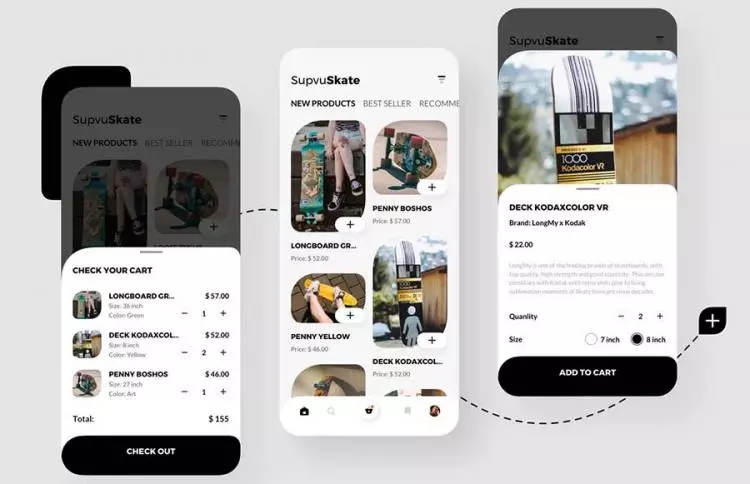Steps to Develop a Professional Mobile App from Scratch
In today’s mobile-first world, having a professional mobile app is no longer a luxury—it’s a necessity. Whether you're a startup with a big idea or a business looking to expand your digital reach, a well-developed app can elevate your brand and offer real value to users.
Here are the key steps to building a successful mobile app from the ground up:
🧠 1. Define the Idea and Objectives
Start by clearly identifying your app’s main purpose and goals:
-
What problem does it solve?
-
Who is the target audience?
-
What is the app’s end goal? (Sales, service, content, community...)
A clear vision will make development easier and more focused.
📊 2. Market Research and Competitor Analysis
Before development begins, conduct thorough research:
-
What similar apps exist in the market?
-
What are their strengths and weaknesses?
-
How can your app stand out or do better?
This research helps refine your concept and position your app competitively.
📝 3. Define Features and Functional Requirements
List out all the features you want your app to offer. Prioritize them as:
-
Core features (Must-haves)
-
Additional features (Nice-to-haves)
Create a user journey map to visualize how users will interact with the app.
🎨 4. UI/UX Design (User Interface & Experience)
The design plays a vital role in user engagement.
-
Keep interfaces clean, intuitive, and consistent.
-
Ensure smooth and logical navigation.
-
Align the design with your brand’s visual identity.
A beautiful app that’s hard to use won’t succeed—balance is key.
💻 5. Choose the Right Technology & Start Development
Decide on the type of app:
-
Native App: Built specifically for iOS or Android, offering better performance.
-
Hybrid App: Quicker to develop and budget-friendly.
Then, your development team starts building the app based on your technical plan.
🧪 6. Testing and Quality Assurance
Before launching, your app must go through comprehensive testing:
-
Test performance on different devices and operating systems.
-
Check for security vulnerabilities.
-
Gather user feedback through beta testing.
This phase ensures a smooth and bug-free experience.
🚀 7. Launch and Monitor
After testing, it’s time to launch the app on Google Play and the App Store.
-
Prepare compelling store listings with keywords, screenshots, and descriptions.
-
Use analytics tools to monitor downloads, usage, and user behavior.
-
Update the app regularly based on user feedback and technical needs.
💡 Final Thought
Building a successful mobile app takes more than just a good idea. It requires strategy, design, development expertise, and continuous improvement.
📱 At Al-Amir Media, we help you bring your app idea to life—from concept to launch—with powerful features, professional design, and user-first thinking.






